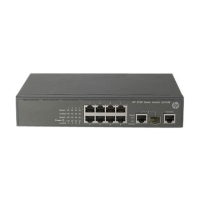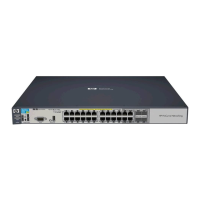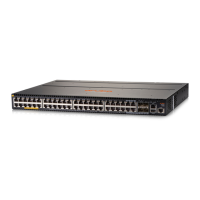82
A comparison of EAP relay and EAP termination
Packet exchan
e method Benefits
Limitations
EAP relay
• Supports various EAP
authentication methods.
• The configuration and processing is
simple on the network access
device
The RADIUS server must support the
EAP-Message and
Message-Authenticator attributes,
and the EAP authentication method
used by the client.
EAP termination
Works with any RADIUS server that
supports PAP or CHAP authentication.
• Supports only MD5-Challenge
EAP authentication and the
"username + password" EAP
authentication initiated by an
iNode 802.1X client.
• The processing is complex on the
network access device.
EAP relay
Figure 42 shows the basic 802.1X authentication procedure in EAP relay mode, assuming that EAP-MD5
is used.
Figure 42 802.1X authentication procedure in EAP relay mode
EAPOL
EAPOR
(1) EAPOL-Start
(2) EAP-Request/Identity
(3) EAP-Response/Identity
(6) EAP-Request/MD5 challenge
(10) EAP-Success
(7) EAP-Response/MD5 challenge
(4) RADIUS Access-Request
(EAP-Response/Identity)
(5) RADIUS Access-Challenge
(EAP-Request/MD5 challenge)
(9) RADIUS Access-Accept
(EAP-Success)
(8) RADIUS Access-Request
(EAP-Response/MD5 challenge)
(11) EAP-Request/Identity
(12) EAP-Response/Identity
(13) EAPOL-Logoff
...
Client Device Authentication server
Port authorized
Port unauthorized
(14) EAP-Failure
